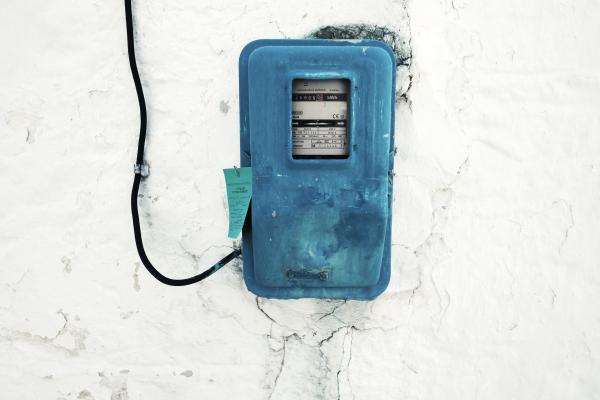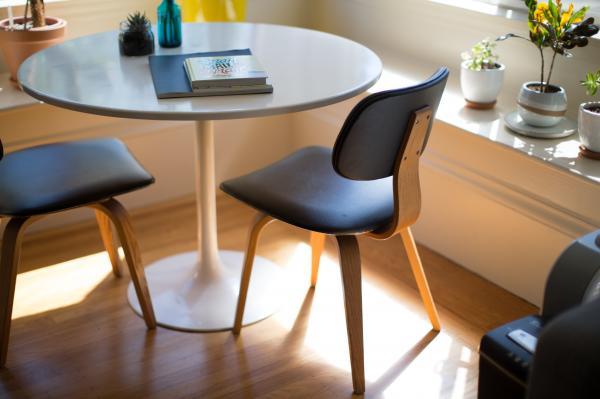
When renting a property everyone is aware of the need for a
security deposit. Tenants realise they’ll have to pay it. And landlords know a
deposit is a safeguard should things go wrong. It’s also generally accepted by
all parties that the security deposit will usually be equal to four to six
weeks rent.
But despite the familiarity with the need for a security
deposit, there’s still some confusion surrounding it. What happens once it's
paid? And what deductions is the landlord able to make from the deposit at the
end of the tenancy? Some tenants too are confused about exactly how they go
about getting their deposit money back when they leave the property. We’ll try
to make things a little clearer here.
Deposit protection scheme
Tenants may be under the impression that as soon as they pay
a deposit it disappears into the landlords back pocket. That may have been true
in the past. But since 2007 the landlord
has had to protect the money in a government-approved scheme. The landlord must
do this within 30 days and supply the tenant with all the details of the
scheme.
This scheme ‘holds’ the money until the end of the tenancy
when it’s returned to the tenant. However, the landlord can ask to withhold
some or all of the deposit. But the tenant has the right to dispute any
deductions. If this happens an arbitrator will decide how the deposit money is
distributed.
Deductions from the security deposit
There is some confusion about what landlords can deduct from
a deposit. There may be clauses in the tenancy agreement specifying penalties
but generally deductions can only be made for:
·
Rent arrears.
·
Damage to the property or fittings.
·
Items which are missing from the property.
·
The costs of end of tenancy cleaning.
In the case of rent
arrears, there should be little room for dispute. The rent schedule should
be clearly set out in the tenancy agreement. But if the tenant is in arrears at
the end of the tenancy the landlord can deduct the amount owed from the
deposit. Should the arrears owed be greater than the deposit the landlord may
have to take court action to recover the balance.
Damage and missing items
Missing items speak for themselves. It’s pretty obvious if a
microwave is missing for example. But claims for damages can be contentious. Holes
in the wall, pulled down curtain rails and stains on the carpet are common
examples of damage. By the way, landlords are unable to deduct costs for normal
wear and tear. But the tenant must leave the property in the condition they
found it.
In disputes over damage and missing items, the inventory is
invaluable. The inventory shows the
property and all its fittings as they were at the start of the tenancy.
Comparing the inventory to the end of the tenancy report
is the best way for either party to prove their case.
It’s always wise to compile an inventory. It benefits both
parties. But without one the landlord will have problems successfully claiming
for costs against the security deposit.
The costs of a deep clean
A common cause for dispute between tenant and landlord is
cleaning costs. Most tenants will have a big clean up as their tenancy draws to
a close. Yet the landlord will often find cause to do more. Of course, the
landlord must justify the need and costs of the extra cleaning. Again, the
photos from the inventory will again be vital evidence in deciding who’s right
if the tenant disputes the costs.
What happens in a dispute?
We’ve talked about landlords making deductions from the
security deposit. But it must be emphasised the tenant must agree to the
deductions. If tenant and landlord can’t agree then they should use the
arbitration service provided by their deposit
protection scheme. The landlord has to provide proof to back up their
claims. It’s then up to the adjudicator to decide who’s right.
Should there be no disputes a tenant must
receive their deposit back within ten days of the tenancy ending.







